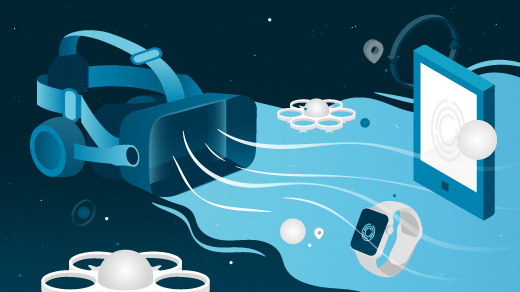Welcome to the 21st century; we live in clouds now! Clouds take all our data and store it somewhere safe at the cloud owner's mercy. Take Oculus Quest 2, for instance. You can't even use it without a Facebook account. But once you do, all your data goes to Facebook. What kind of data? Biometric data.
There is the WebXR Device API. This open source specification "describes support for accessing virtual reality (VR) and augmented reality (AR) devices, including sensors and head-mounted displays, on the web." But there is no server.
So Josip wrote his own VR server and has published it on GitHub. The linked article below also has a link to one of his videos which shows how it works. Hopefully this can grow so that there can be better privacy, interoperability, and less lock-in in the VR 'space'.
See
Why I rewrote my open source virtual reality server#
technology #
VR #
opensource
Look! I wrote a virtual reality (VR) server and published it on GitHub! But why? Well, I'm your typical introverted hacker. I like to play with technology. Whenever something new comes out, I have to lay my hands on it and get them dirty. So, when I gifted myself Oculus Quest last year, I played a few games before I wanted to code something myself. And guess what? Everything is proprietary!